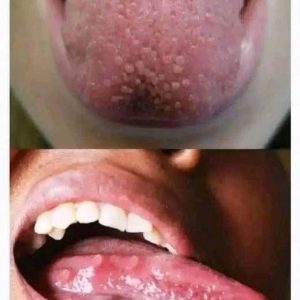Dr. James Hiram Bedford, a professor and World War I veteran, is remembered as the first person to undergo cryonic preservation—a process of freezing the body after death at extremely low temperatures in hopes of future revival. Diagnosed with kidney cancer that had spread to his lungs in 1967, Bedford turned to cryonics, inspired by Dr. Robert Ettinger’s book The Prospect of Immortality. Ettinger, founder of the Cryonics Institute, envisioned reviving preserved bodies once medicine could cure fatal conditions.
On January 12, 1967, shortly after Bedford’s death, his body underwent cryonic preservation. His blood was replaced with dimethyl sulfoxide to protect his organs before being immersed in liquid nitrogen at -196°C.
Twenty-four years later, Alcor inspected Bedford’s body, noting that it was well-preserved. Though his skin showed discoloration, his face appeared youthful, and his corneas had turned ice-like white. Bedford was rewrapped and returned to cryogenic storage.
More than 50 years later, Bedford remains frozen, with no timeline for revival. Reflecting on his decision, his last words, shared by Robert Nelson, one of the preservation team members, were: “I did not do this with the thought that I would be revived. I did this in the hope that one day my descendants will benefit from this wonderful scientific solution.”





